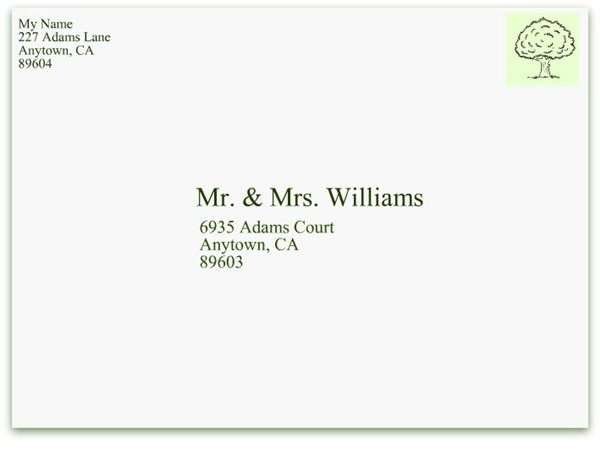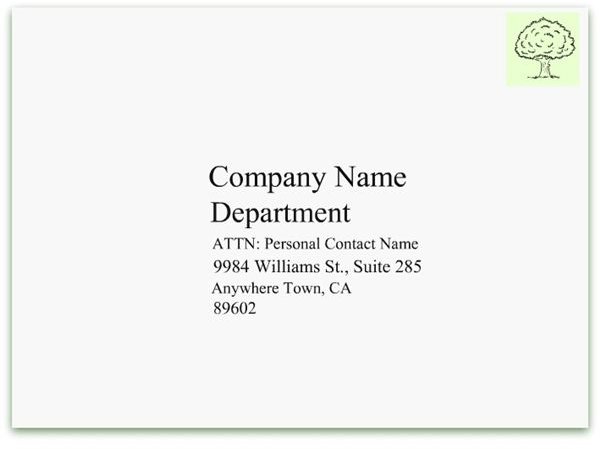Learn the Proper Format for Addressing Envelopes
Addressing E-mail vs. Snail Mail
Believe it or not, many people have forgotten what the proper format for addressing envelopes is. With the advent of the Internet, people have become accustomed to sending e-mails for both business and personal use. Using e-mail as the main form of communication has time on its side as the main bonus. Correspondence of all kinds can now be sent in seconds rather than days.
One draw back to the heavy use of e-mail for correspondence, is that people have almost lost the art of addressing envelopes and cards. With e-mail the focus in on the using proper greeting instead of an address because the process has been simplified by e-mail addresses.
Here we are going to take a look at how to address both envelopes and cards for snail mail sending, with author created examples of what each address type should look like. For more information on proper e-mail formatting, see Rules for Business Communication E-mail Etiquette.
Formal Addressing for Snail Mail Correspondence
There are two different forms for addressing snail mail envelopes and cards. The first form is formal and shows a certain amount of respect when addressing correspondence to business contacts and for special occasions, such as wedding invitations.
When setting up the formal address, it is important to have the proper information to put on the envelope. For business communications you will need the company name, department name and personal contact name to ensure that your letter will end up in the right place. An example of what this type of addressing information would look like can be seen in the image at the upper left. Beyond business, if you are addressing a person in the formal sense for a wedding invitation then you would use the titles of Mr., Mrs., Ms. and Miss. For more information on addressing in the formal sense, see Wedding Invitation Envelope Wording. Click on the images to get a better view of each example.
If you included R.S.V.P (répondez, s’il vous plaît, French for “please reply”) information into the body of your communication, then

there is no need for a return address to be placed on the envelope. If you do not include that information in your correspondence, then you do need to add your return address onto the face of the envelope. An example of adding your return address in this manner can be seen in the image to the right.
Informal Addressing for Snail Mail Correspondence

The second proper format for addressing envelopes is called informal, and can be used when sending snail mail to people you are well acquainted with. An example of this would be sending a quick note off to a friend or when throwing a casual get together such as a relaxed backyard BBQ.
In this form, there is no need to have a slew of addressee information but rather to have the correct information. For instance with informal there is no need to use a full company name or use a titles like Mr., Mrs., Ms. and Miss. An example of what the informal address looks like when sending snail mail can be seen in the image to the upper left.
To make your own envelopes for addressing, please see our article on free envelope making templates.
References
Online Writing Lab (OWL), Purdue University, https://owl.english.purdue.edu/owl
Images created and provided by writer
